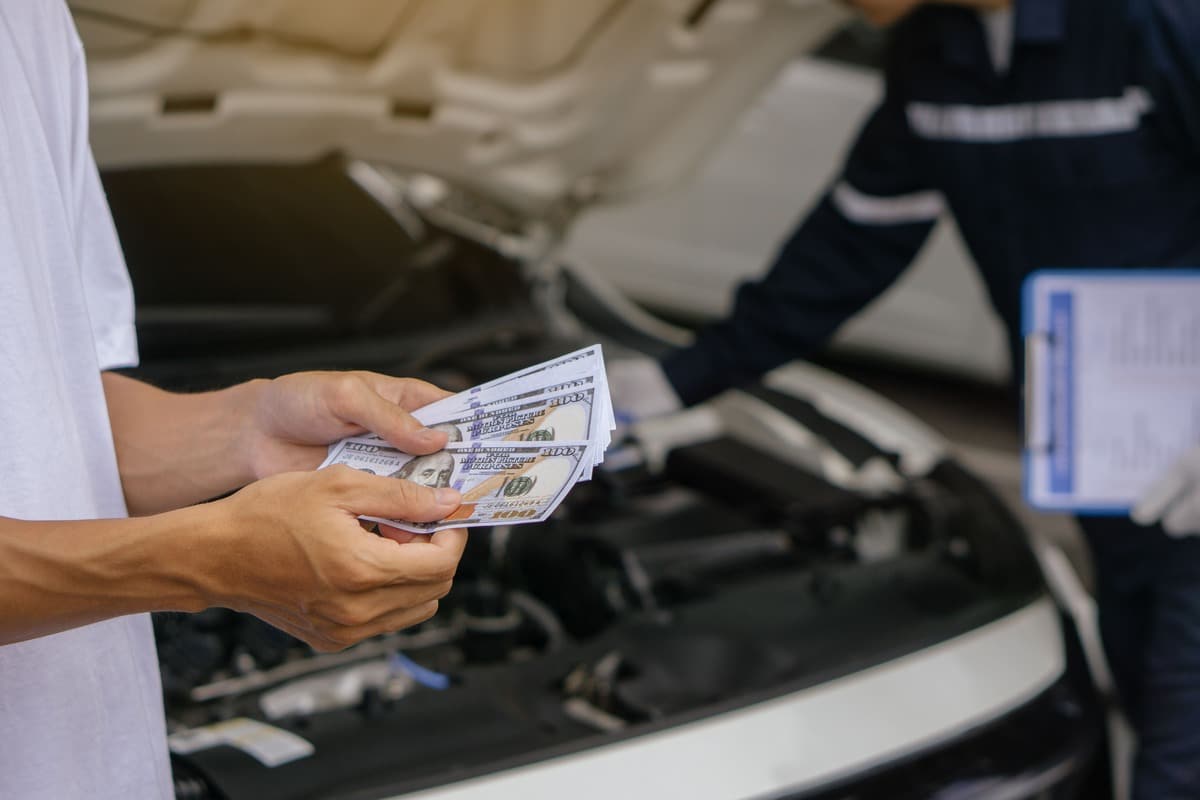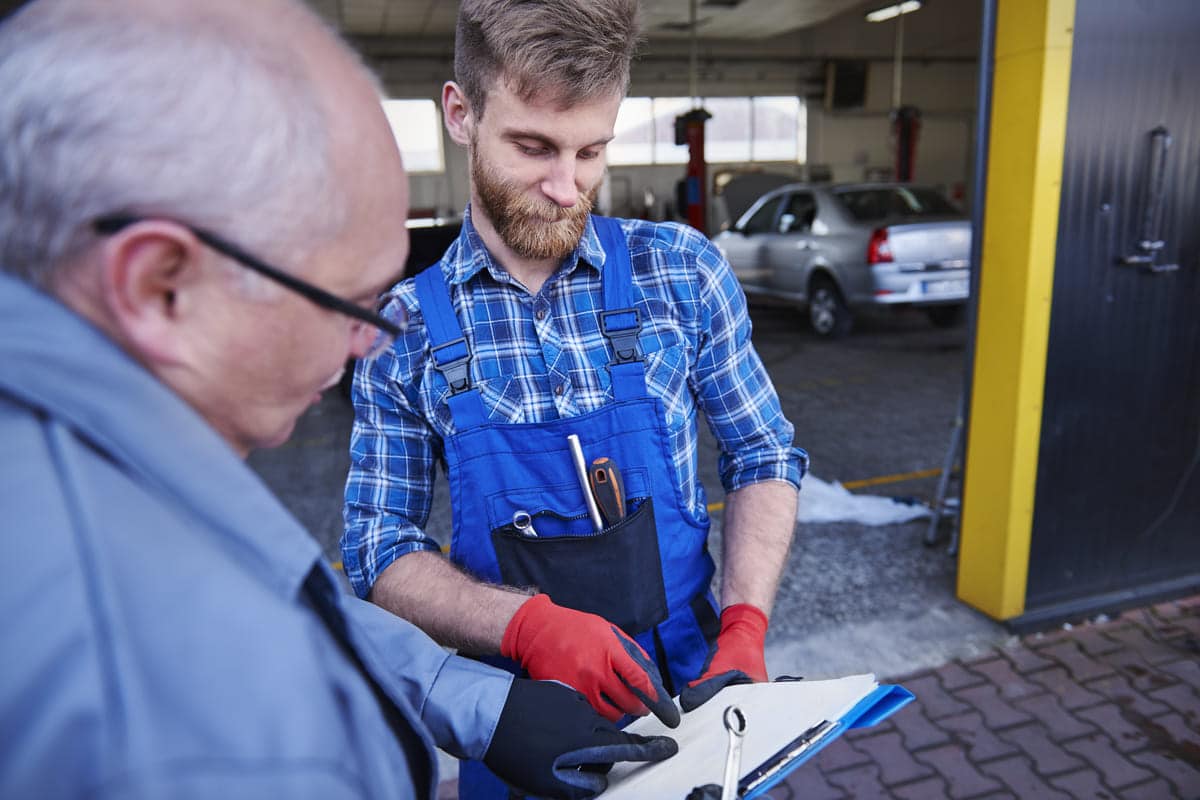
How to Reduce Car Repair Costs with Preventative Maintenance?
Are car repair bills hitting your wallet harder each year?
repair costs have gone up and often catch drivers by surprise with unexpected expenses. With the cost of labor and parts rising even minor fixes can feel like major problems. These costs add up and drain your finances and stress for car owners.
But here’s the good news most of these high repair costs are preventable. Preventative maintenance is a simple and proactive approach that will save you a lot of money by addressing problems before they become big. Just like taking small steps for personal health, regular check up and maintenance will keep your car running smoothly and prevent big repair bills.
With preventative maintenance you invest a little today to avoid bigger expenses down the road. It’s a strategy that every car owner can use to keep repair bills low and peace of mind high. Let’s get into the most effective preventative maintenance steps so you have control over your car’s life and repair cost.
Why Preventative Maintenance Matters: Cost vs. Benefit Analysis?
Many car owners skip maintenance, thinking it saves money. But in reality, the opposite is true. Preventative maintenance like oil changes, brake checks, and tire rotations costs far less than major repairs. A routine oil change, for instance, might cost around $50, while engine repairs from neglect can exceed $4,000. The small investment in maintenance helps avoid larger, expensive problems later on.
Imagine skipping a $100 replacement. Over time, this can lead to worn-out rotors and calipers, turning a minor fix into a $700 repair. This is a common story where preventative maintenance saves hundreds or even thousands over time. For example, maintaining proper tire pressure can by 3%, leading to fuel cost savings over time.
Data consistently shows that maintenance costs less than major repairs. On average, Americans spend around $500 on maintenance yearly, while repairs can cost $1,000 or more. This gap is even larger for luxury or older cars. Regular and lowers the risk of costly, sudden breakdowns.
References
- Consumer Affairs. Average Car Maintenance Costs. Retrieved from on 12 November 2024.

What are the Key Areas of Preventative Maintenance for Lowering Repair Costs?
Some of the areas where car owners can follow the preventive maintenance tips to lower the repairing costs:
Oil Changes:
Oil is essential for keeping an engine running smoothly. Regular oil changes remove dirt and sludge that build up over time, which keeps the engine’s parts lubricated and reduces friction.
Skipping oil changes increases wear on engine components, potentially leading to serious issues like overheating. A single oil change typically costs between $30 and $70, but a new engine can run upwards of $4,000. This simple routine saves thousands by extending engine life.
Tire Maintenance:
Tire maintenance involves more than just checking air pressure. Regularly rotating and aligning tires promotes even wear, improving grip on the road and enhancing fuel efficiency by up to 3%.
Replacing a full set of tires can cost around $600, while keeping them well-maintained is inexpensive. Proper tire care helps you avoid premature replacements, saving hundreds of dollars.
Brake Inspections:
is vital for safety and saving money. Worn brake pads, if unchecked, lead to damage in other parts of the , including rotors and calipers.
Replacing brake pads alone costs about $150, but if damage spreads, repairs can exceed $700. Regular brake inspections catch early wear, keeping you safe and preventing expensive repairs.
Battery Care
A health directly affects vehicle reliability. Checking battery terminals for corrosion and keeping the battery charged extends its life.
A battery replacement costs around $100 to $200, while neglecting it can lead to costly roadside assistance or towing fees if it dies suddenly. Simple checks prevent surprises and help keep your car running smoothly.
Fluid Levels: Protecting Critical Systems
Fluids like coolant, transmission fluid, and keep systems operating efficiently. Low fluid levels strain engine and transmission components, leading to costly failures. A transmission repair averages $1,200 to $3,400. Keeping fluid levels topped up avoids this and ensures smoother operation across different vehicle systems.
Regular attention to these key maintenance areas protects both your car and your finances, making preventative maintenance a valuable investment for any driver.
References
- The Sun. Car expert reveals simple check to save thousands. Retrieved from on 12 November 2024.

DIY vs. Professional Maintenance: Where to Save & When to Spend?
Not all maintenance tasks need a mechanic, but knowing the difference can save time and money. Here are some tasks you can handle at home and signs indicating when to call a professional.
DIY-Friendly Maintenance Tasks
Certain car care tasks are easy to do at home with minimal tools and basic knowledge. These tasks keep your car running smoothly and can prevent bigger issues:
- Checking Fluid Levels: Regularly checking oil, coolant, and is simple and important.
- Replacing : Air filters can be replaced at home with just a screwdriver, improving air quality and engine efficiency.
- Changing Wiper Blades: This task is quick, low-cost, and enhances visibility, crucial for safe driving.
- Checks: A tire gauge can help you maintain proper pressure, boosting fuel efficiency and tire lifespan.
When to Seek Professional Help
Some car issues need professional skills, tools, and diagnostic equipment. Here are signs you should contact a mechanic:
- Unusual Sounds: Clanking, squealing, or grinding sounds could indicate issues with brakes, , or engine components.
- Warning Lights: lights signal problems that require diagnosis, especially for systems like ABS or engine.
- Fluid Leaks: Any noticeable leaks, like coolant or transmission fluid, need immediate attention to avoid major issues.
- Vibration or Pulling: If your car pulls to one side or vibrates, it may signal tire alignment, brake, or suspension problems.
Which Common Preventative Maintenance Mistakes Could Cost You More
Preventative maintenance saves money, but common errors can lead to costly repairs. Here’s what to avoid for effective car care.
Skipping Small Checks
Small checks like tire pressure or fluid levels may seem minor, but ignoring them can harm your vehicle. Low tire pressure reduces fuel efficiency and causes uneven wear, leading to early tire replacements. Low coolant or oil levels can result in overheating or engine wear, both expensive to fix.
Relying Only on Service Lights
Service lights help, but waiting for them before acting is risky. Many maintenance needs don’t trigger warning lights until damage has begun. For example, oil changes are vital even if the oil light hasn’t come on, as dirty oil affects engine performance and longevity.
Using Incorrect Parts or Fluids
Using wrong parts or fluids can damage systems and void warranties. For example, using non-specified can lead to poor lubrication, impacting engine health. Similarly, cheap or incorrect flow, affecting performance.
Neglecting Seasonal Maintenance
Cars need different care in each season. For example, failing to check antifreeze in winter or tire condition in summer can cause overheating or unsafe driving. Seasonal checks keep your car ready for weather changes, improving and reducing wear.
Ignoring Minor Issues
Minor issues often grow if ignored. Small brake noise or slight steering pulls are early warnings of bigger problems. Fixing these issues early can prevent complex repairs, saving time and money.
Avoiding these common mistakes ensures effective preventative maintenance, keeping repair costs down while enhancing vehicle performance.

How to Use an OEM Service Manual to Guide Your Maintenance Routine?
An is a valuable resource for precise maintenance. It offers vehicle-specific instructions from the manufacturer, designed to keep your car running smoothly.
Understanding OEM-Specific Instructions
OEM manuals provide accurate steps for every maintenance task, from oil changes to complex repairs. These guides avoid general advice, focusing instead on your car’s exact model and parts. This precision ensures that your maintenance follows the manufacturer’s recommendations, protecting your vehicle’s performance and warranty.
Each tailored to your vehicle’s needs. The schedule outlines when to perform key tasks like fluid checks, brake inspections, and filter replacements. This ensures that you address issues before they worsen, saving you time and repair costs.
Reading Detailed Instructions
The OEM factory manual breaks down each task, detailing tools, techniques, and safety tips. For instance, it may specify torque values for bolts or highlight parts to avoid when performing tasks. Following these instructions improves accuracy and safety, preventing damage from incorrect methods.
Leveraging Diagrams and Visual Guides
OEM manuals often include diagrams, which make understanding complex parts easier. These visuals show how parts fit together, helping you identify what needs attention during maintenance. This clarity helps you complete tasks confidently and correctly, even if you’re new to DIY car care.
Using an OEM service manual ensures your maintenance routine is thorough and effective, extending your car’s lifespan and reducing repair costs.
Tips to Extend the Life of Your Car Between Major Repairs
Small, consistent actions can help maximize your car’s lifespan and reduce costly repairs. Here are some key habits to adopt for keeping your car in top condition.
Drive Smoothly to Reduce Wear and Tear
Avoid sudden acceleration and hard braking, which stress your car’s engine, brakes, and transmission. Smooth driving reduces wear on critical parts, extending their life and improving fuel efficiency. Simple changes in driving habits can make a big impact over time.
Avoid Short Trips When Possible
Frequent short trips don’t allow your engine to reach its optimal operating temperature, leading to faster oil breakdown and increased wear. Try to combine errands into a single trip or take a longer drive periodically. This keeps the engine in better condition, reducing the likelihood of issues.
Keep Tires Properly Inflated
Underinflated tires wear out faster and negatively affect your car’s alignment. They also make your engine work harder, which can increase fuel costs. Check tire pressure monthly and keep it within the recommended range to avoid unnecessary wear on both tires and suspension.
Pay Attention to Warning Lights
Don’t ignore dashboard warning lights. These signals are early alerts to potential issues. Addressing problems immediately prevents them from escalating into more severe and costly repairs. Following up on alerts keeps your car running smoothly and avoids breakdowns.
Protect Your Car’s Exterior
Wash your car regularly to remove road salt, dirt, and debris that can cause rust and corrosion. Apply wax periodically to protect the paint and keep the exterior in good shape. Keeping the exterior maintained protects resale value and ensures your car’s structure stays intact.
Incorporating these habits into your routine will help keep your car performing at its best, extending its life and saving on repair costs.
Conclusion:
Preventative maintenance is a small but crucial investment that pays off in big ways. By staying proactive with routine tasks, you not only reduce the likelihood of expensive repairs but also enhance the longevity and safety of your car.
Following a well-structured maintenance plan using resources like an OEM service manual PDF with digital product empowers you to keep your vehicle in peak condition, extend its life, and avoid unnecessary costs. Start adopting these habits today to keep your car reliable, efficient, and running smoothly for years to come.




